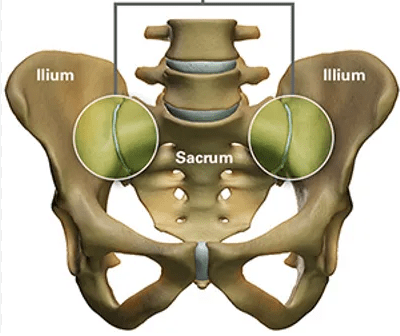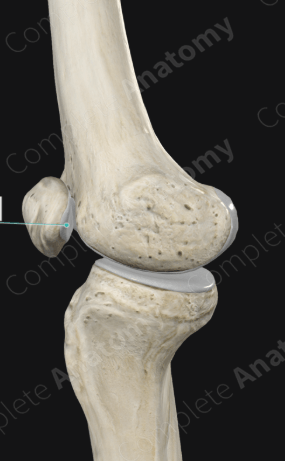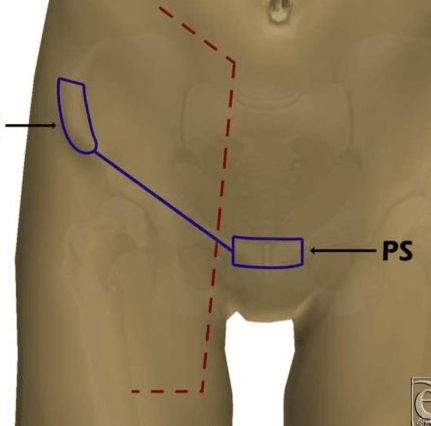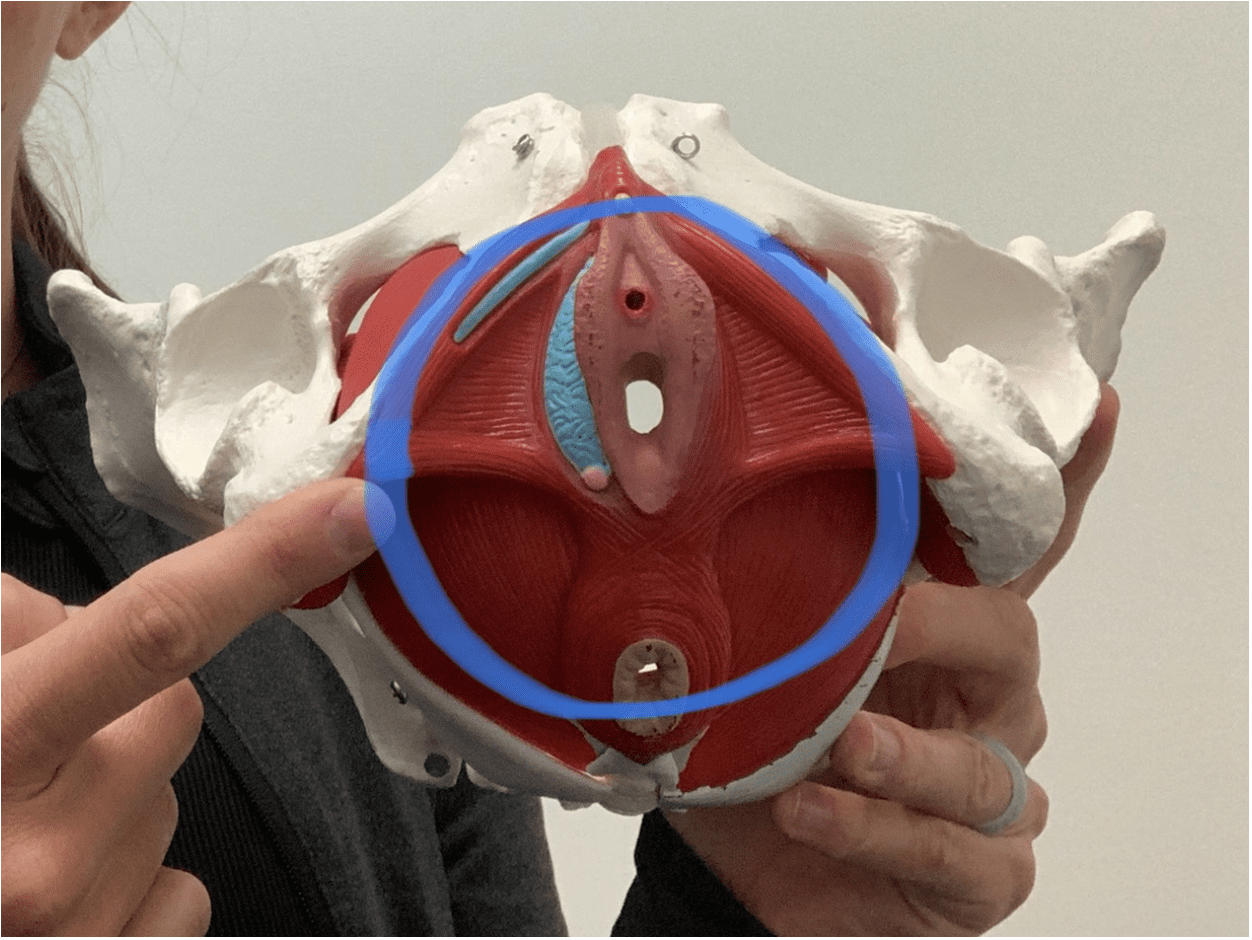This crest is formed by fused spinous processes of sacral vertebrae
Median Sacral Crest
These three bones for the Os Coxae
Ilium, Ischium, Pubis
This part of the femur fits into the acetabulum
Head of the Femur
The iliacus originates from this large fossa on the ilium
Iliac Fossa
This line separates the true and false pelvis
Arcuate Line
This large roughened area on the ilium is for strong ligament attachment
Iliac Tuberosity
All three parts of the hip bone contribute to THIS cavity
Acetabulum
This rough area on the posterior femur is for muscle attachment
Linea Aspera
The Rectus Femoris originates from this spine of the Ilium
Inferior Iliac Spine
This is the name of the opening formed by the pelvic brim
Pelvic Inlet
The ear-shaped articular surface of the sacrum is called this
Auricular Surface
This Fibrocartilaginous joint connects the left and right pubic bones
Pubic Symphysis
This rounded prominence lies lateral to the femoral neck
Greater Trochanter
Hamstrings originate from this rough area on the ischium
Ischial Tuberosity
This ligament helps form the boundary of the pelvic outlet
Sacrotuberous Ligament
This notch is inferior to the ischial spine and allows tendon passage
Lesser Sciatic Notch
This large opening is mostly covered by a membrane in life
Obturator Foramen
This notch lies between the femoral condyles
Intercondylar Fossa
The Sartorius originates from this palpable bony point
Anterior Superior Iliac Spine (ASIS)
This part of the sacrum projects into the pelvic cavity
Sacral Promontory
Name the landmark indicated in green
:background_color(FFFFFF):format(jpeg)/images/article/pubic-tubercle/oMRfXj5ygPgGy8WOQq3PAw_Pubic_tubercles.png)
Pubic Tubercle
Name the highlighted areas:

Sacroiliac Joint
Name the area indicated by the blue arrow

Patellar Surface
Name this bony prominence

Anterior Superior Iliac Spine (ASIS)
Name the fused structure that forms the floor of the pelvic cavity

Pelvic Outlet